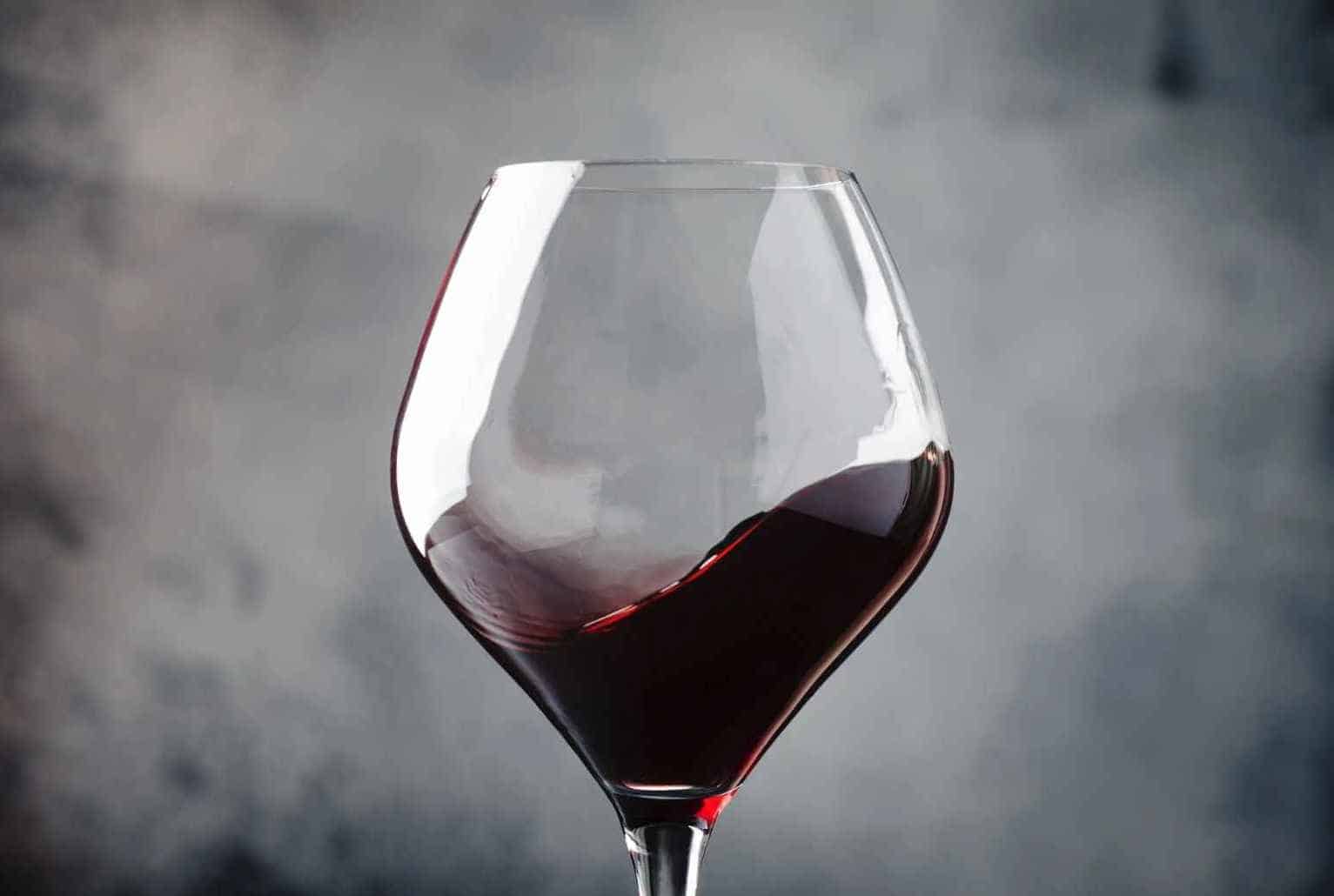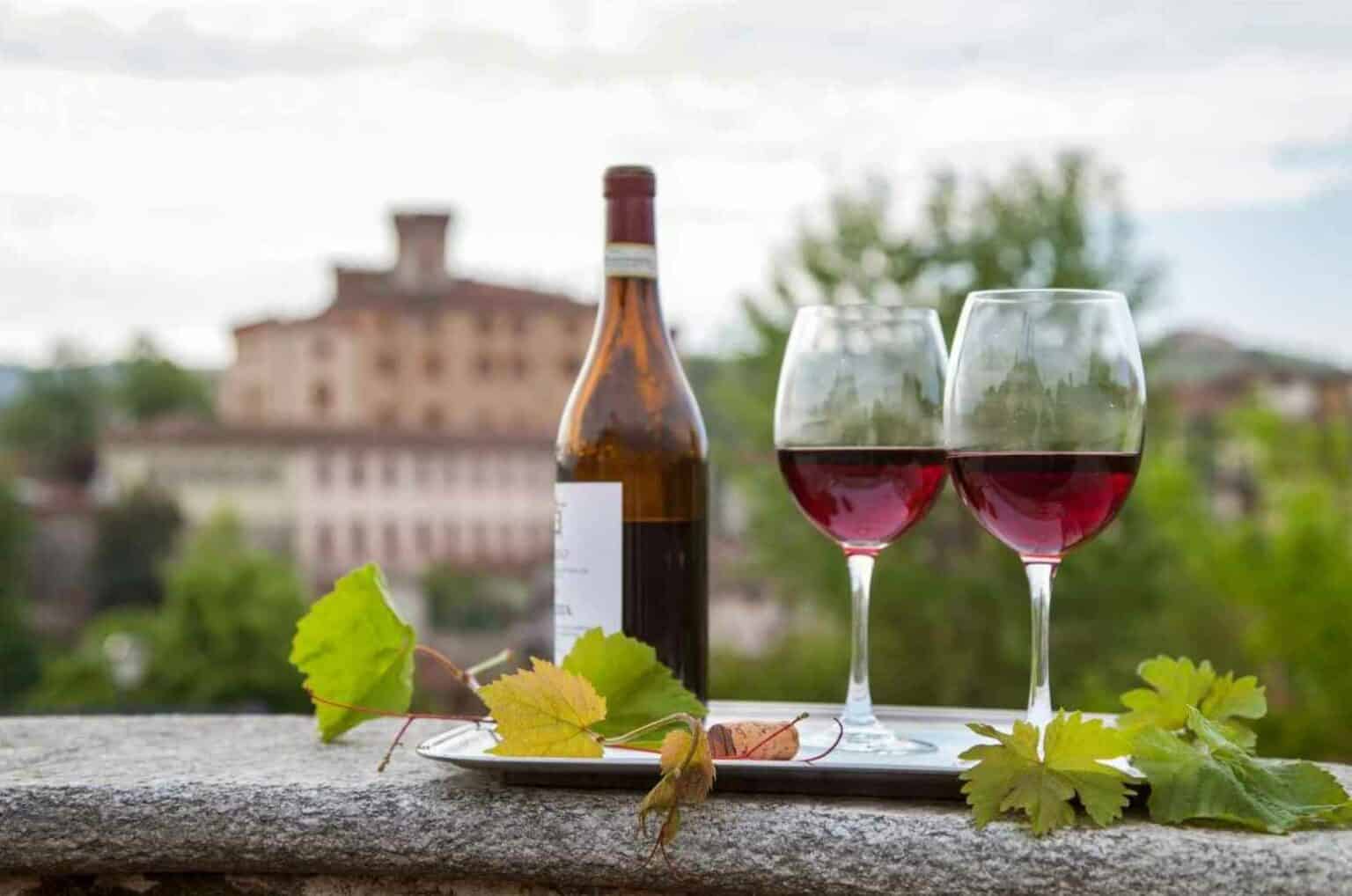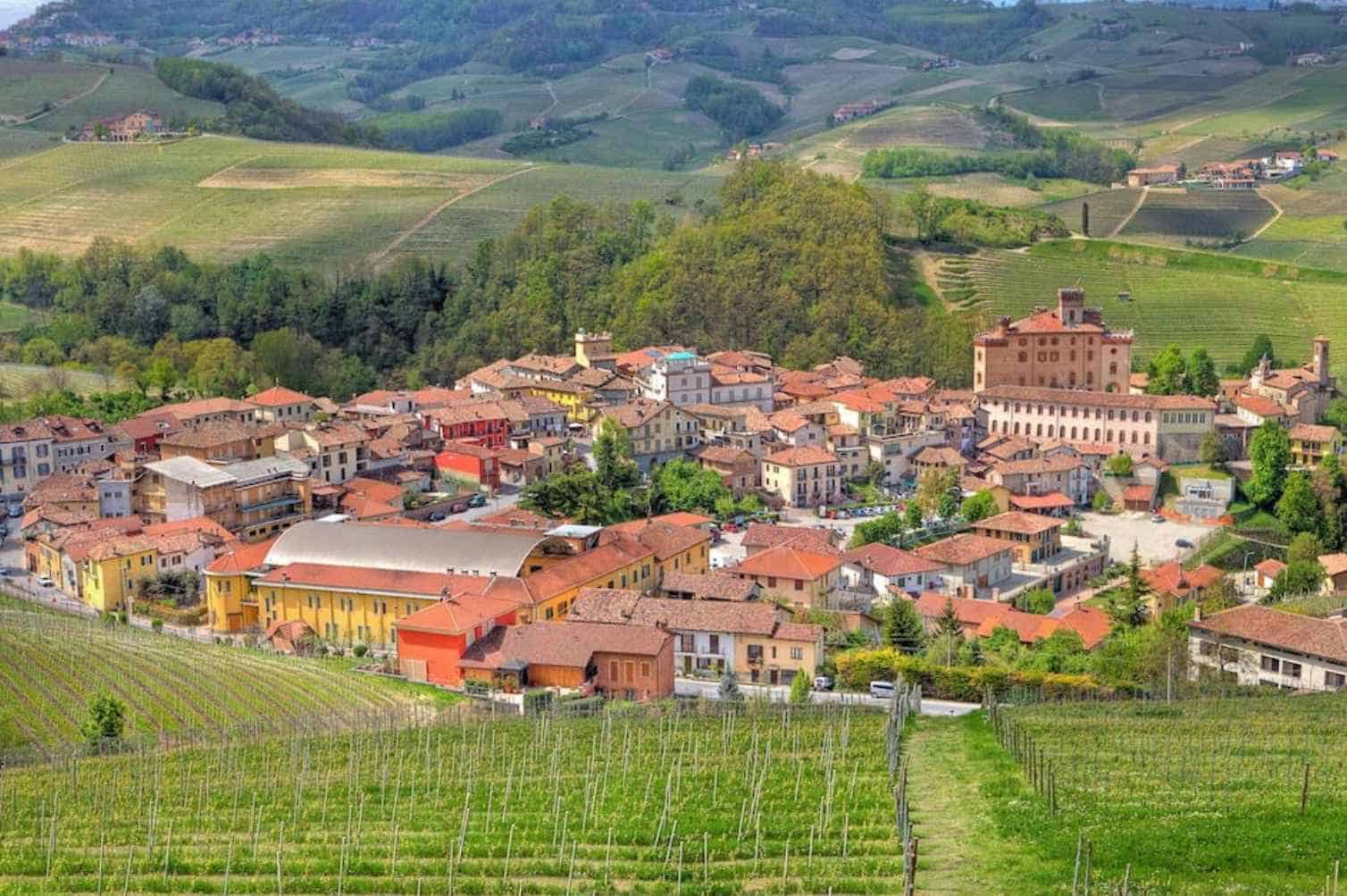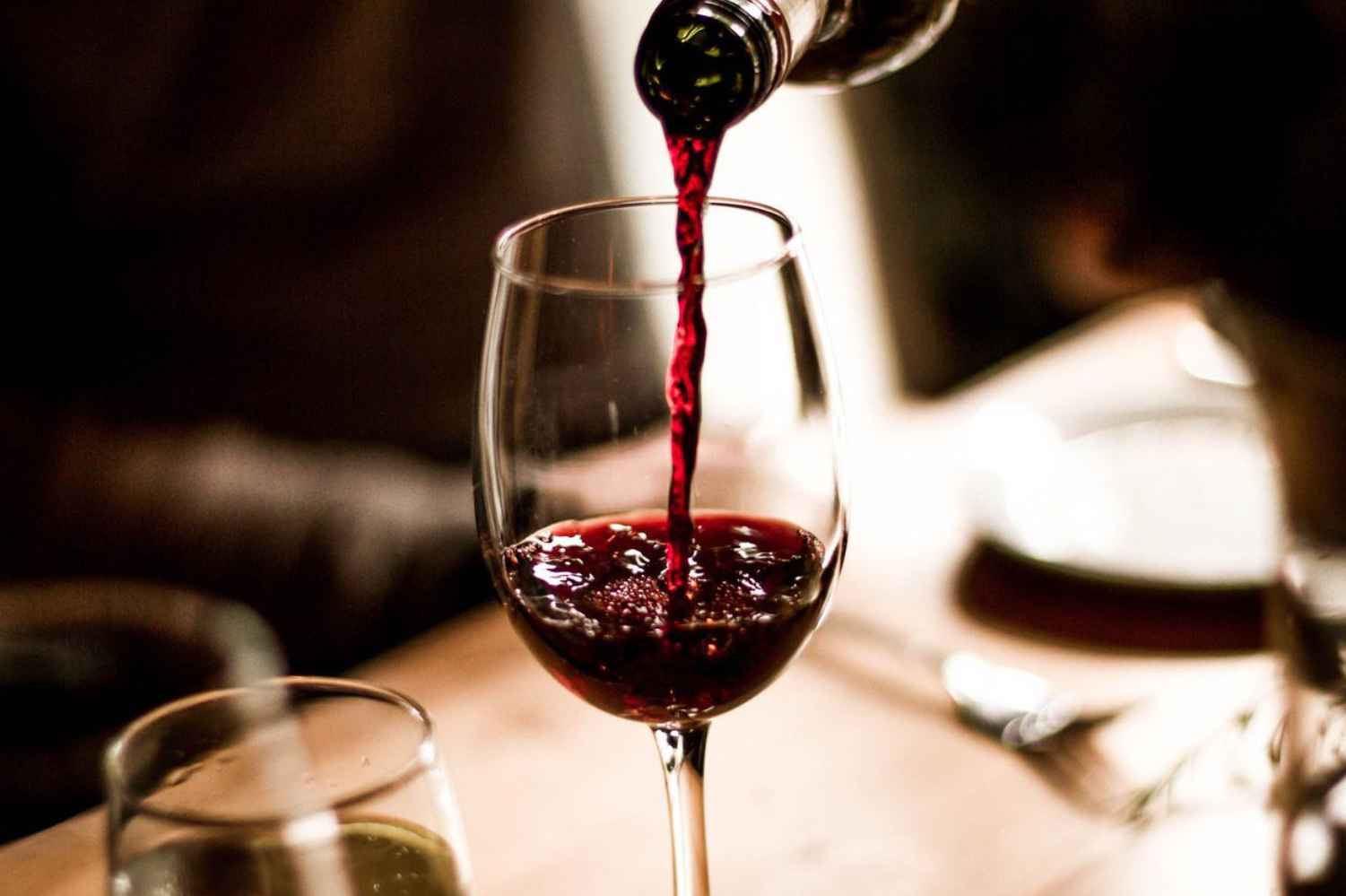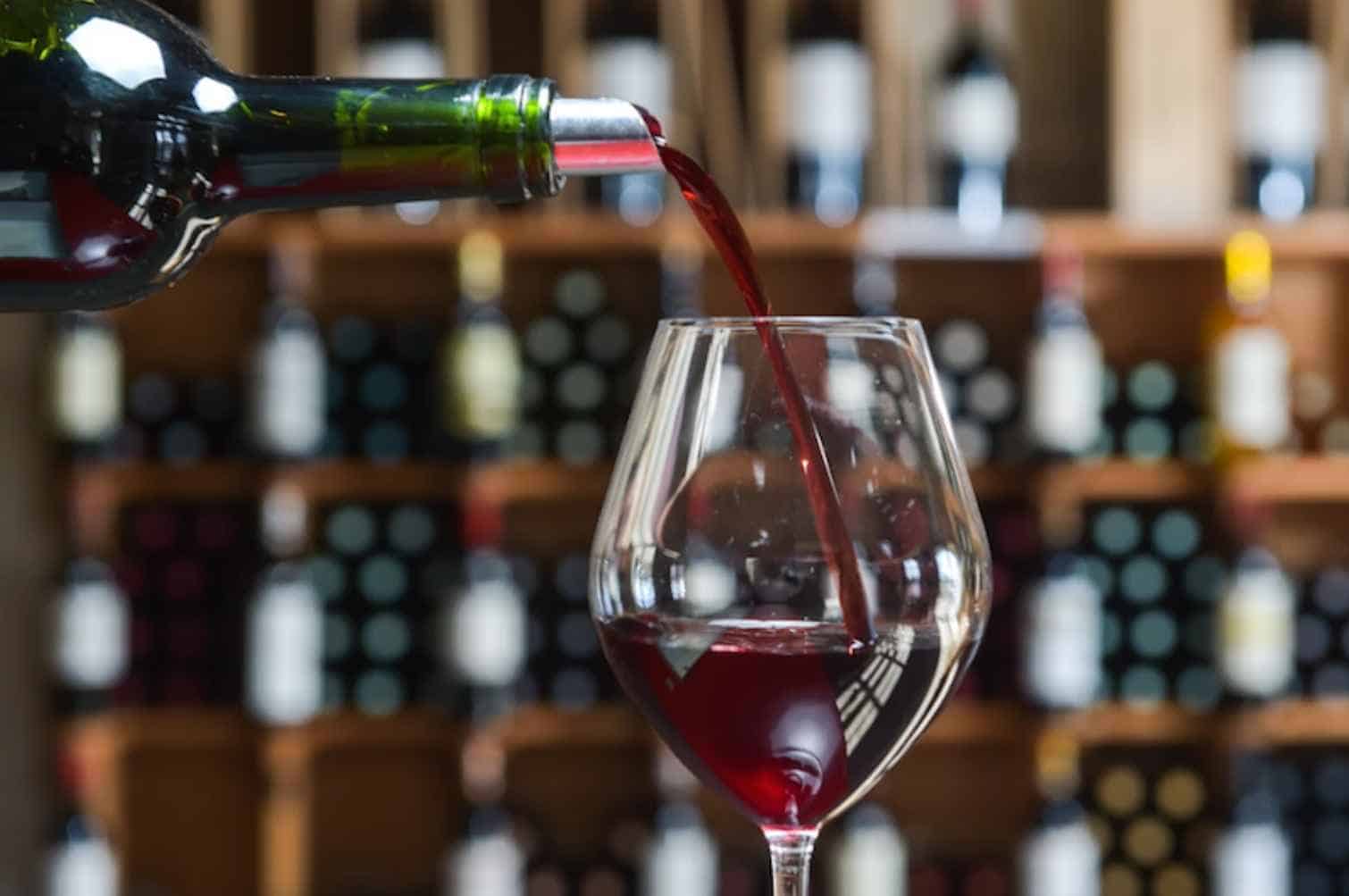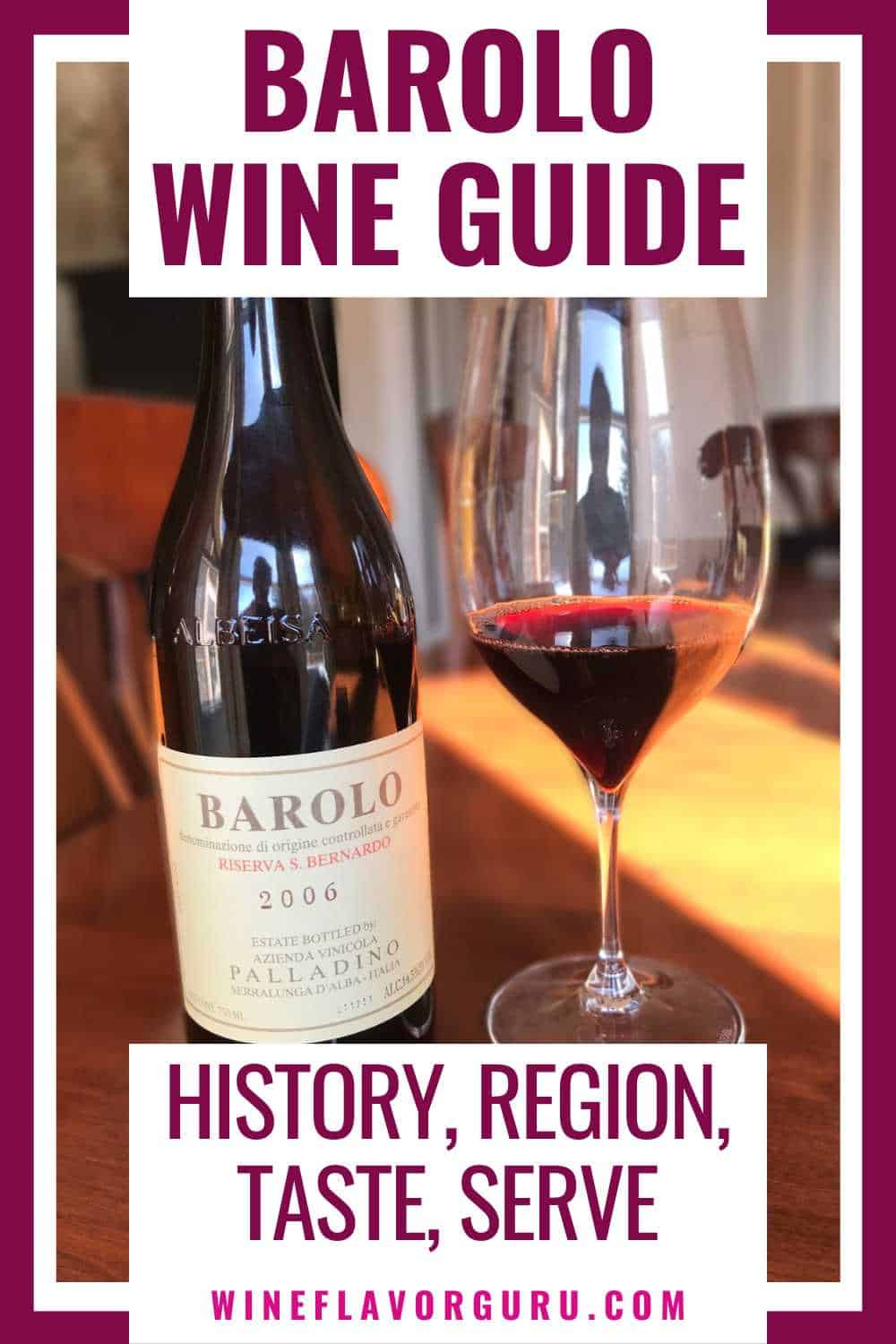A special occasion calls for elegant Barolo wine. What is Barolo wine? Dubbed the “wine of kings,” it’s one of the most sought-after wines in Italy. This article will walk you through the Barolo wine’s exciting history and flavor profiles.
What is Barolo Wine?
Barolo wine comes from the Nebbiolo grape. This red wine hails from Italy’s Piedmont region in an appellation bearing the same name. It is a result of the grape’s unique characteristics and the rich land where it’s grown. Avid wine collectors ensure to have this longest-lived wine in their cellars.
What is the Nebbiolo grape?
To better understand the value of the Barolo wine, we need to dive into its source, the Nebbiolo grape. Nebbiolo is a tiny red grape varietal that has delicate skin. Generally, it has high tannin and acid content. These fruits may be the first to go through bud break but the last ones in line for harvesting. Usually, farmers pick them up towards the end of October.
Another amazing fact about these grapes is that they can’t thrive in other areas except in Barolo. There have been attempts to cultivate it in regions outside its appellation, but most weren’t successful. The high limestone concentration in the area makes it an ideal place to grow Nebbiolo.
What makes the Barolo wine special?
Barolo wines must exclusively come from the Nebbiolo grape cultivated from the hillside. Exceptions or other varieties are not acceptable. Based on the appellation system of Italy, authentic Barolo wine should belong to the Barolo DOCG.
The DOCG or Denominazione d’Origine Controllata e Garantita is a classification system that allows buyers to recognize the wine’s quality and origin. Wines with these labels followed strict production processes and adhered to strict regulations. They are known to be the best that the region has to offer.
What is the Barolo wine region?
Italy’s most renowned DOCG is the Barolo wine region. This UNESCO heritage site lies on Alba’s south towards the northern tip of Piedmont.
This location is the perfect spot to grow the Nebbiolo grapes due to the continental climate. The long summer and fall seasons maximize the grapes’ flavorful qualities. Its unique terroir results in the world-famous Barolo wine.
What is the History of the Barolo Wine?
Since the 13th century, winemakers have used the Nebbiolo grape to produce wine. However, producers only modernized it in the mid-19th century. There are several disputes surrounding Barolo wine’s origin. One famous story is about the Count of Cavour, Camillo Benso, who is partly responsible for developing its flavor profile.
What is the origin of its flavor profile?
Some historians believe the count’s intervention led to a drier Barolo wine. It used to be on the sweeter side, but he wanted to inject more sophistication to keep up with the trends. This upgrade in flavor profile and complexities won the palates of royalty and Italian noblemen. This recognition earned Barolo the title of “the king of wines and the wine of kings.”
For the longest time, the Barolo wine enjoyed a leisurely pace when it came to development. It ferments and ages longer than other wines. During this time, it also followed a standardized flavor profile. Traditional winemakers ensured that all grapes harvested in the region would result in a single style.
What are the Barolo wars?
A discussion about this wine’s history won’t be complete without mentioning the Barolo wars- a feud between traditional and modern Barolo producers. The traditionalists wanted to maintain the old production style. They wanted to preserve the conventional fermentation, aging, and maceration practices.
Meanwhile, the modernists desired the exploration of new flavors and advanced technology. The international wine community was keen on trying more drinkable wines. So, the younger producers aimed to produce something fruitier and sweeter.
Who won the Barolo wars?
There isn’t a clear victor in the battle between Barolo makers. To settle the dispute once and for all, Italy implemented the DOCG standard regulations. The regulatory body required a three-year aging minimum and restricted alcohol and yield content. This standardization ensures the quality of Italy’s most respected wines.
Where did the Barolo get its name?
Although the Nebbiolo grape was well-known in the 13th century, the name “Barolo” appeared on wine labels six centuries after. The Marchioness of Barolo sought help to develop the wine and called it “Barolo”.
Take Piedmont’s virtual tour to learn more about the wine’s origins.
How does the Barolo wine taste?
A younger Barolo exudes flavors of cherries and berries. There are noticeable strong tannins and vibrant acidity. Meanwhile, you’ll also encounter savory notes and some floral undertones. The flavors build up with every sip, producing tobacco and spice sensations.
On the other hand, more mature Barolos will welcome you with mushroom-like flavors. You can taste a symphony of porcini, truffles, mountain berries and cherries. There are also hints of roses and tar, leading to a unique tasting experience.
An Overview of the Barolo Wine Flavor Profile
| Dominant Flavors | Truffle, tar, chocolate, dried fruit, and rose |
| Sweetness | Dry |
| Tannins | High |
| Body | Full |
| Acidity | High |
| ABV | 13-15% |
Where does the Barolo wine get its flavors?
The delicate skins of the Nebbiolo grapes have high tannins. It may be translucent, but it provides a full body and high acidity. These features lead to a bitter yet richer flavor of the Barolo wine. The taste profile gets further enhancement from the extended fermentation.
Does the Barolo wine age well?
Barolo wines are famous for their high tannins resulting in excellent aging potential. The flavors come out more when they age for about ten years. Winemakers must follow the DOCG rules for aging. A wine can only be considered Barolo if it has aged for three years and two months. Furthermore, the wine must age in a wooden cask for 18 months within the given period.
Meanwhile, the wine must undergo aging for a minimum of five years to create Riserva Barolo. Three years within the time frame must be in a wooden cask. French-oak, minimum-aged Barolo leans toward a fruitier flavor profile. You can taste the difference between the traditionally-aged wines.
Is Barolo sweet or dry?
Barolo wine is famously known for being one of the driest wines on the market. Wine experts consider it to be bone dry. Its dry and long finish comes from its high tannin and alcohol content. However, you might perceive some sweetness due to the intense flavors of roses, red cherries, and raspberries. These fruity notes are balanced with truffles, clay, and tar notes.
How to Enjoy Barolo Wine
The complexities of the Barolo wine deserve the utmost attention. It’s best to savor it in the right circumstances and with the best food pairings. This wine offers various fascinating flavors that delight your senses.
Why should you drink Barolo wine?
Suppose you have to choose between Barolo and another red wine. Should you choose the former? Yes, of course! It’s an excellent opportunity to taste one of the most esteemed wines worldwide. This beverage perfectly interprets a grape’s unique features and the rich land where it grows.
When is the best time to drink Barolo wine?
Most wine connoisseurs will recommend drinking Barolo after several years of aging. It is valid for wines produced the traditional way. It’s best to wait three to four years before opening a bottle.
The waiting period allows the wine to reach its maximum potential. However, you can still enjoy younger variants. If you like fruitier wines, go for the more modern types of Barolo.
Meanwhile, Barolo enthusiasts believe this wine is best for special occasions. However, this elegant and expensive wine can also be for everyday drinking. Some people buy a bottle to celebrate the birth of their child. Then, they open it when the child graduates from college.
What food pairs well with Barolo wine?
One of the most celebrated combinations is Barolo and truffles. Pasta, Risotto, or Sottocenere cheese sprinkled with this decadent mushroom is the perfect pair with the wine. It also pairs well with game meats, cured meats, veal, and beef. This rich and luxurious wine goes well with a charcuterie platter composed of hard cheeses.
How do I drink and serve Barolo wine?
Barolo wine’s ideal serving temperature is 60-65 degrees Fahrenheit. The best way to enjoy it is to let it breathe before serving. Open the bottle first or decant it for a few minutes. Use big-mouthed glasses that can allow you to appreciate its aroma. Then, swirl the glass before sipping.
How expensive is a bottle of Barolo wine?
Barolo wines can go as low as $20 and as high as $2000. The following are the highly recommended wines from Barolo, Italy and their prices.
| Wine | Price |
| 2012 Araldica Flori Barolo DOCG | $23 |
| 2016 Massolino Margheria Barolo DOCG | $87 |
| 2011 Luciano Sanrone Le Vigne Barolo DOCG | $138 |
| 2009 La Spinetta Vursu Vignetto Campe Riserva Barolo | $291 |
| 2016 Bartolo Mascarello Artist Label, Barolo DOCG | $707 |
| 2012 Cappellano Otin Fiorin Pie Franco-Michet, Barolo DOCG | $717 |
| 2010 Poderi Aldo Conterno Granbussia Barolo Riserva DOCG | $756 |
| 1990 Giuseppe Rinaldi Barolo DOCG, Piedmont | $760 |
| 2010 Giuseppe Mascarello e Figlio Montprivato Ca d’Morissio, Barolo Riserva | $834 |
| 2010 Giacomo Conterno Montfortino Barolo Riserva DOCG | $1918 |
Conclusion
So, what is Barolo wine? Some may associate it with luxury and opulence. However, there’s more to its price and reputation. It’s a celebration of the land’s soil composition and the particular grape that grows on it. You can reserve it for grand occasions. Or, drink a glass to celebrate the beauty of everyday life.

George Moore, co-founder of Wine Flavor Guru, is a charismatic entrepreneur with a rich background in California’s wine industry. Alongside Sylvia, he transformed a Sonoma County vineyard into a source of premium wines. George’s expertise in sourcing exceptional grapes and his approachable style make wine appreciation both accessible and engaging.
